Springing into class projects
Senior Carlos Alarcon, defensive attorney, question junior Dylan Haley.
Winter showers bring spring flowers. It’s about that time of year where flowers are budding, the weather is getting warmer, and students all over Tunstall are covered with marker stains on their hands and glitter glue peeling off their skin. That’s right, it’s time for class projects.
Some of Tunstall’s most creative minds work to come up with fun and exciting projects for their students. From poster boards to puffy paint to colorful sharpies, it’s safe to say that Tunstall’s kids are helping clear out the Hobby Lobby aisles in hope to receive the best grade possible.
- Ms. James’ French class recently compiled information for a video project that presented a virtual tour of Paris. Each video highlighted principal monuments in Paris.
“They used pictures and added the information, and basically made a tourist video,” commented James.
- Mrs. Dallas’ 9th grade English class also created a video project in conjunction to the novel they’re reading, Anthem. The students read an article that mimicked their opinion, wrote a speech to support their position, and recorded a video to present to the class.
“We talked about how we had to be in the know of our society,” said Dallas.
She chose this type of project as a new experience and different approach to learning and a more fun way to expose the students to the way our society works as opposed to in the novel.
- Another teacher that takes the learning methods beyond the note-taking and lectures is Mrs. Kristal Harris. For her business law class, Mrs. Harris transformed her classroom into a courtroom setting. The students were given mock trials with stipulated facts, assigned characters in the case, and presented their case to the “judge” otherwise known as Mrs. Tara Mills.
The class was divided into groups and within those groups they were assigned their role in court. The students were given some time to prepare their case and practice what they were going to say and how they planned to convince the judge and jury of their stand.
Once the positions were stated and both sides had been presented to the “courtroom,” the remaining classmates, who played the role of the jury, decided whether the defendant was guilty or not guilty and revealed the outcome to the court.
After each case had concluded, the students and teachers discussed how they could’ve improved their performance and/or taken a different perspective in order to convince the class of their side.
- Some teachers even persuade students to become the characters that are involved in their lesson. Mrs. Tara Mills, World History II teacher, encouraged her students to dress up as major figures from the Enlightenment, scientific revolution, and the English civil war.
“It humanizes people from that time period,” states Mrs. T. Mills.
Many students participated and proudly paraded through the halls. This project has proven to be very effective as many students “can still tell me who they were from a couple years back,” claims Mills.
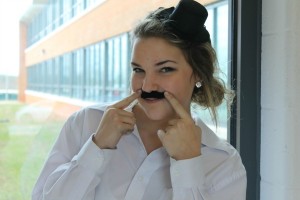
- Coach Potts, biology and anatomy teacher, also has an interactive project of his own. Every year he send his students on a bacteria field trip around the school. The students choose where they would like to go, take cotton swab samples, spread the samples on a petri dish, and report their findings back to the classroom.
“They were very excited about picking their places to go,” explained Potts.
Potts kept the samples incubated overnight and the next morning when the students arrived, the evaluated the progress and growth of their bacteria.
All of these unique projects have their own impact on the students learning experience. The individual approaches that each teacher takes helps the students gain the information on a deeper level. For many students it can be the highlight of the semester.
Your donation will support the student journalists of Tunstall High School. Your contribution will allow us to purchase equipment and cover our annual website hosting costs.

Rachel Hayes is a senior at Tunstall High School and this is her second year on the Trojan Messenger staff. Last year, Rachel was recognized on the Best...

Allison Crank is a senior at Tunstall High School. This is her fourth year on the Trojan Messenger staff. She loves Jesus, dancing at the Meredith Gravely...







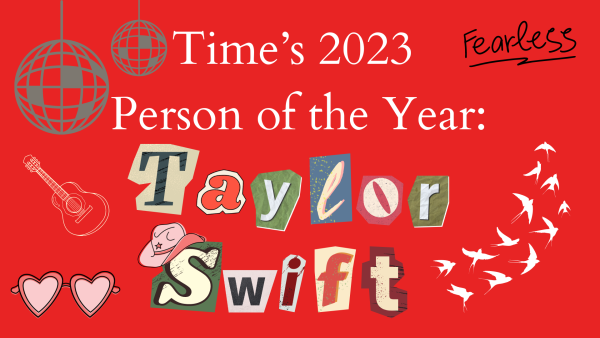
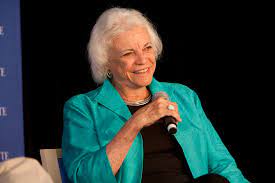

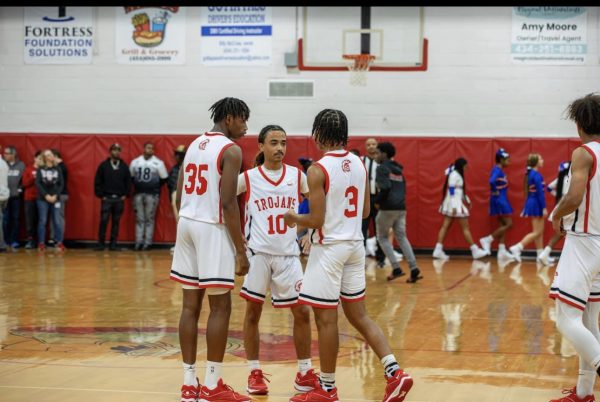



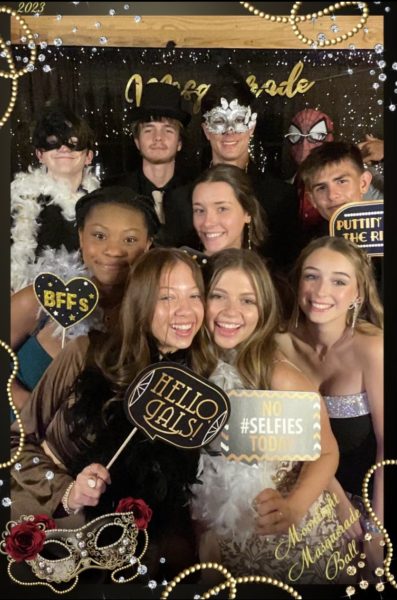


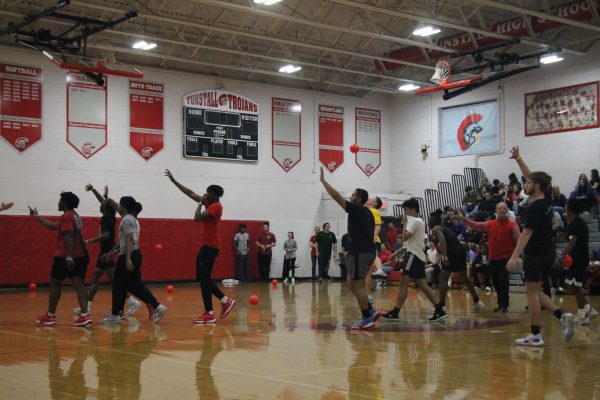


lyn hill • Mar 30, 2016 at 9:22 pm
This is a well written article by Rachel and Allison.